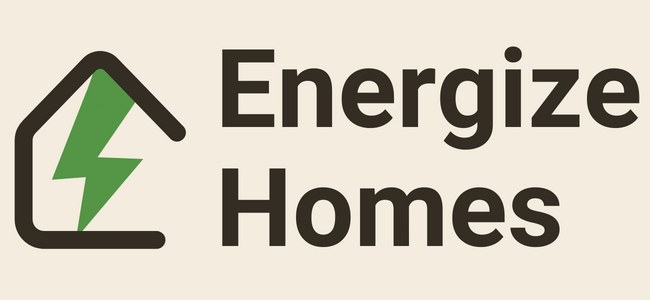When to Replace Home Insulation for Maximum Energy Efficiency
For optimal energy efficiency, insulation should be replaced approximately every 20 to 50 years depending on its type, but regular inspections and energy audits are essential for precise timing.
Introduction
Maintaining an energy-efficient home often leads us to discussions around insulation. While many homeowners are aware of the importance of insulation, there’s less clarity on how often it should be replaced to achieve optimal energy efficiency. This article dives into the specifics of insulation lifespan, indicators for replacement, and types of insulation, all with a focus on maximizing energy savings.
R-Value and Degradation
The R-value, a measure of thermal resistance, is critical for evaluating insulation efficiency. Over time, insulation can degrade, resulting in a lower R-value. Factors such as moisture intrusion, pest infestation, and physical compression can accelerate this degradation.
Table 1: Common Insulation Types and Typical R-Values
| Insulation Type | Typical R-Values |
|---|---|
| Fiberglass | R-2.9 to R-3.8 |
| Cellulose | R-3.1 to R-3.8 |
| Foam Board | R-4 to R-8 |
| Spray Foam | R-5 to R-6.5 |
Indicators for Replacement
Look out for red flags like increasing energy bills, drafts in rooms, and inconsistencies in indoor temperatures. These are often symptomatic of inadequate insulation. Visible wear and tear or water damage during an attic or crawlspace inspection are more direct indicators.
Insulation Longevity
Different types of insulation have varying lifespans. Fiberglass and cellulose insulation typically last 20 to 30 years, whereas foam insulation can last upwards of 50 years if properly maintained.
Table 2: Insulation Longevity by Type
| Insulation Type | Typical Lifespan |
|---|---|
| Fiberglass | 20 to 30 years |
| Cellulose | 20 to 30 years |
| Foam Board | 50+ years |
| Spray Foam | 50+ years |
Energy Audits
If you’re uncertain about the state of your insulation, consider conducting a professional energy audit. Utilizing tools like thermal imaging and blower door tests, energy auditors can accurately assess your insulation’s effectiveness.
Retrofitting and Over-insulation
Replacing old insulation is called retrofitting. But remember, while it’s tempting to over-insulate, more is not always better. Over-insulation can lead to moisture problems due to reduced breathability of building materials. Always consult building codes and professional guidelines for optimal R-value.
Costs and ROI
Investing in insulation replacement can offer an attractive Return on Investment (ROI). According to the U.S. Department of Energy, you could save up to 20% on heating and cooling costs with proper insulation.
Table 3: ROI for Different Insulation Types
| Insulation Type | Estimated ROI |
|---|---|
| Fiberglass | 1 to 2 years |
| Cellulose | 2 to 3 years |
| Foam Board | 3 to 4 years |
| Spray Foam | 4 to 5 years |
Conclusion
To achieve optimal energy efficiency, homeowners should be vigilant about the state of their insulation. Typical lifespans range from 20 to 50+ years depending on the type, but regular inspections and energy audits are crucial. Replacing insulation when its effectiveness declines can yield significant energy savings and provide a healthy ROI.
